Finally, a graphic that makes describing pain a little easier
Pain in the porphyrias manifests in many ways, making it hard to articulate
Written by |
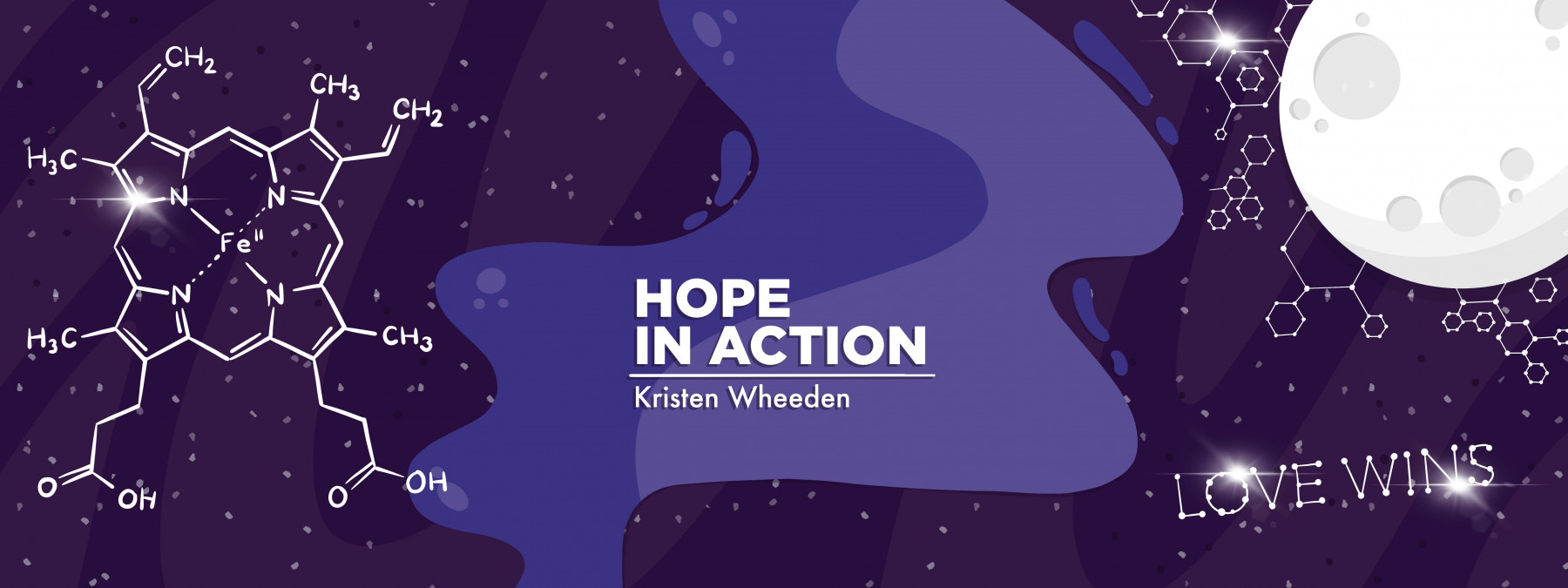
Pain is a complex and deeply personal experience that defies easy descriptions. It binds us all in a shared human condition.
For those living with porphyria, pain isn’t just a symptom; it’s an overwhelming and often misunderstood aspect of daily life. I’ve watched my youngest son struggle with overwhelming pain since he was diagnosed at the age of 3 with erythropoietic protoporphyria (EPP), a debilitating phototoxic disease triggered by exposure to the sun. As a porphyria advocate, I am deeply affected by the thousands of patients across the various porphyrias who are impacted by pain.
At the United Porphyrias Association, where I serve as president, our team is constantly learning about the pain experienced by our patient community. Our first words in response to a description of their pain are, “I believe you.” Those three words have a profound impact. They provide comfort and validation, helping people feel less alone, more understood, and seen.
The challenge of communicating this invisible pain to others is daunting. It is a struggle that both patients and advocates face, and it’s why a recent image circulating on social media has resonated powerfully within our community.
What it feels like
The image was shared by Rana Awadallah, who has fibromyalgia. It shows a person with flames consuming various parts of their body, alongside the words, “If you could see my pain, it would look like this.” The simplicity of the illustration belies the depth of its impact. It has become a touchstone for many in the porphyria community, a rare visual that articulates what words often cannot.
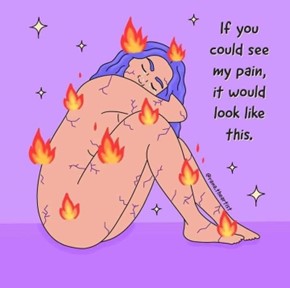
Rana Awadallah’s graphic portraying pain is making waves in the porphyrias community because it’s so relatable. (Courtesy of Rana Awadallah)
What is remarkable about this image is its visceral portrayal of pain and the way it has transcended the specific condition it was meant to represent. While it originated from someone with fibromyalgia, it has struck a chord with individuals across the spectrum of porphyrias.
Pain, in all its forms, is the common thread that weaves through the various types of porphyria. Whether it manifests as searing abdominal pain in acute hepatic porphyria, the burning agony of sun exposure in EPP, or the excruciating skin lesions of congenital erythropoietic porphyria, pain is a constant, an unwelcome companion that no one asked for but that everyone endures. Patients with each of these rare diseases have been touched by this image and have said to us, “That’s me. That’s how I feel.”
Finding an image that accurately captures the intensity of porphyria pain is like discovering a rare gem. It affirms the shared suffering across different types of porphyrias, connecting individuals who might otherwise feel isolated by their unique symptoms.
This visual connection leads us to consider the tools typically used to communicate pain — tools that often fall short of capturing a patient’s true experience. The most commonly used pain scale, which ranges from a happy face to an anguished face, asks people to pinpoint their pain at any given time. But can this simple scale, with its limited range of expressions, truly convey the complexity of pain that varies not just in intensity but also in nature? Is this scale adequate when pain can feel like burning, stabbing, crushing, and aching all at once? Pain in porphyria is multidimensional, and a more nuanced understanding is certainly needed.
The image also serves as a poignant reminder for healthcare professionals, caregivers, and the broader public to take the pain of porphyria patients seriously. Pain in porphyria is not just a physical sensation; it’s an all-encompassing experience that affects every aspect of a person’s life. It can be debilitating, leading to missed work, strained relationships, and a diminished quality of life. And yet, it is so often invisible, leading to misunderstandings, misdiagnoses, and inadequate treatment.
As advocates, it is our responsibility to ensure that the pain experienced by those with porphyria is acknowledged and addressed with the seriousness it deserves. This means pushing for more research into pain management, advocating for better treatment options, and importantly, fostering a community where people feel safe to share their experiences.
The image that has circulated so widely is a powerful tool in this advocacy. It is a visual testament to the fact that pain, while deeply personal, is also a shared experience. It crosses the boundaries of different porphyrias and rare diseases, bringing people together in a way that few other things can.
In the end, this image is more than just a depiction of pain; it is a symbol of our shared journey. It is even a call to action, urging us to continue the fight for better care, greater understanding, and, ultimately, a life with less pain for all who live with porphyria. It reminds us that while pain may be our common thread, hope and action are the forces that will lead us forward.
Note: Porphyria News is strictly a news and information website about the disease. It does not provide medical advice, diagnosis, or treatment. This content is not intended to be a substitute for professional medical advice, diagnosis, or treatment. Always seek the advice of your physician or other qualified health provider with any questions you may have regarding a medical condition. Never disregard professional medical advice or delay in seeking it because of something you have read on this website. The opinions expressed in this column are not those of Porphyria News or its parent company, Bionews, and are intended to spark discussion about issues pertaining to porphyria.




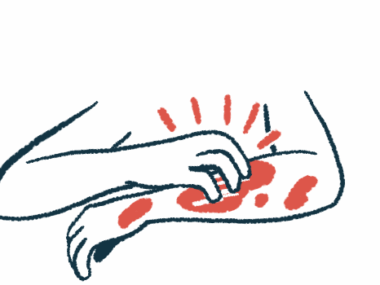
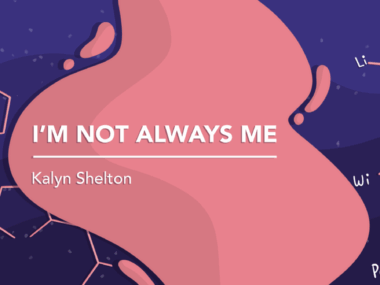
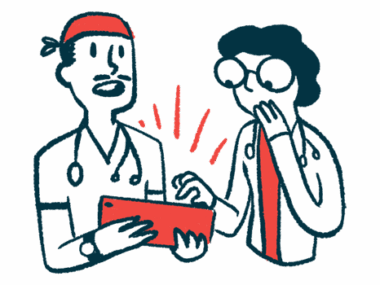
Leave a comment
Fill in the required fields to post. Your email address will not be published.